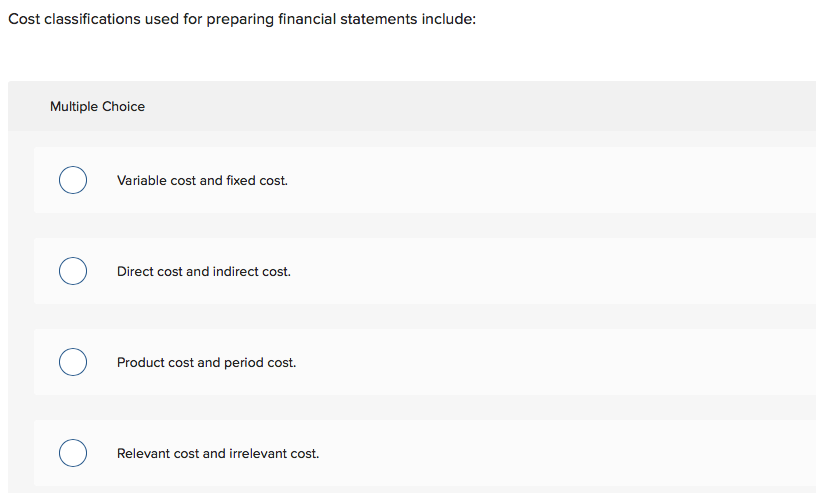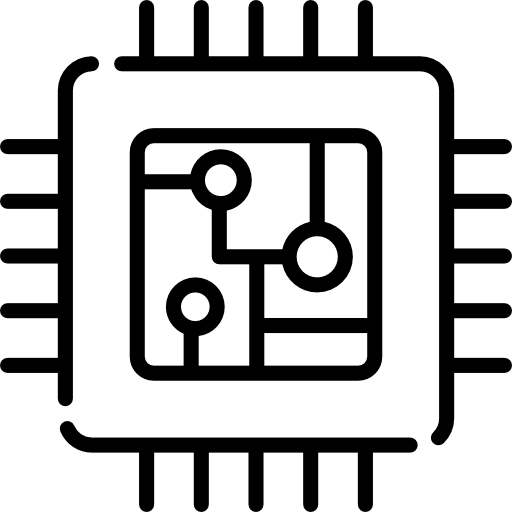Introduction to Classifying Costs Managerial Accounting

That’s why we’ve gathered all the information you need to make the right choice when it comes to frog cremation urns. Join us as we navigate the world of frog urns and discover the perfect tribute to your beloved amphibian companion. Variable costs refer to the costs that are directly dependent on the output level of the firm.
Business Economics Tutorial
You may even have the opportunity to work directly with the artist to create a truly personalized tribute. When it comes to finding the perfect frog cremation urn, there are a variety of options available, both online and in brick-and-mortar stores. Knowing where to look can make all the difference in ensuring you find the right tribute for your beloved amphibian companion. Frog cremation urns can range widely in price, from affordable options to more premium, custom-made pieces. Determine your budget and explore the various price points to find the perfect urn that fits your needs and financial considerations. Selecting the perfect frog cremation urn is a deeply personal and meaningful decision.
Examples of Cost Classification

Implicit costs – these are opportunity costs, which do not necessarily appear on its balance sheet but affect the firm. For example, if a firm used its assets, like a printing press to print leaflets for a charity, it means that it loses out on revenue from producing commercial leaflets. Operating costs refer to the cost of undertakings which do not manufacture any product but which provide services.
What is Production in Economics? Concept, Factor, Importance
These personalized elements can be engraved, painted, or even sculpted into the design, creating a one-of-a-kind memento that will forever capture the essence of your frog. IBO was not involved in the production of, and does not endorse, the resources created by Save My Exams. An explicit cost is one that has occurred and is clearly reported in accounting books as a separate cost. Material Cost refers to the commodities supplied to an undertaking, such as the cost of yarn and dyes engaged in manufacturing cloth. Material cost refers to the commodities supplied to an undertaking, such as the cost of yarn and dyes engaged in manufacturing cloth. Salaries and wages, dearness and other allowances, production incentive or bonus.
- Let us help you create a lasting tribute that will keep the memory of your beloved frog alive for generations to come.
- Future costs are relevant for managerial decision making in cost control, profit projections, appraisal of capital expenditure, introduction of new products, expansion programs and pricing etc.
- These high-end options not only offer a stunning visual appeal but can also be considered heirloom-quality pieces that can be passed down through generations.
- The uncontrollable cost is a cost that is beyond the control (i.e., uninfluenced by actions) of a given individual during a given period of time.
- An expense refers to the consumption of assets for the purpose of generating revenue.
Sunk Costs
Reflect on your frog’s personality and the type of tribute you want to create, and let that guide your decision. Some urns even feature customizable elements, allowing you to personalize the design to truly capture the essence of your beloved frog. Frog cremation urns are not just functional containers for your beloved pet’s remains; affordable care act they are works of art that can serve as a lasting tribute to your frog’s memory. From intricate carvings to vibrant colors, these urns offer a wide range of unique features and designs to choose from. Incremental costs involve the additional costs resulting due to a change in the nature of level of business activity.
Types of Costs (DP IB Business Management)
While computing the total cost of production, there are several types of costs that an organisation needs to consider apart from those involved in the procurement of raw material, labour and capital. The aggregated direct material cost, direct labor cost, and direct expenses result in the direct cost. It is the sum of direct wages, direct expenses and manufacturing overheads. The traceable costs are those which can be identified easily and indisputably with a unit of operation or costing unit or cost centre.
It is the net effect on costs that is important, not just the costs directly avoidable by the contraction. Sunk costs will remain the same irrespective of the alternative selected. Thus, it need not be considered by the management in evaluating the alternatives as it is common to all of them. The cost is said to be relevant if it helps the manager in taking a right decision in furtherance of the company’s objectives. It can also be defined as any cost which is affected by the decision at hand.
Other examples of variable costs are labour expenses, maintenance costs of fixed assets, routine maintenance expenditure, etc. However, the change in variable costs with changes in output level may not necessarily be in the same proportion. We will analyze what is relevant to our decision making including any opportunity costs. Opportunity costs are what you give up by choosing one alternative over another (think about what you are giving up by taking this course — what else could you be doing?).
Mixed costs – costs that vary in total but not in proportion to changes in activity. It basically includes a fixed cost potion plus additional variable costs. An example would be electricity expense that consists of a fixed amount plus variable charges based on usage. Consolidated Selling, General & Administrative («SG&A») expenses increased $25.2 million, or 6.4%, during the three months ended September 30, 2024 compared to the same period of 2023.






